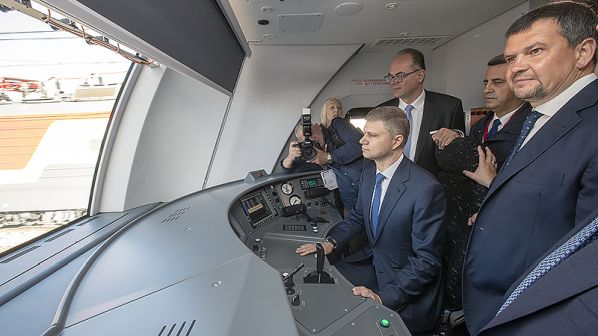“What we saw today is a major technological breakthrough, because it was made by our engineers, together with many different partners who worked on it with Russian Railways,” Akimov said.
“Today is a historic day for Russian Railways,” Belozerov said. “We are very close to perfecting unmanned technology. I want to say thank you to all our developers - we use only Russian systems. Moreover, I can say that we are one year ahead of our foreign colleagues. Russian Railways is committed to unmanned driving technology, primarily because it will increase safety and reliability, especially for passengers.”
Belozerov says that train drivers should not worry about being made redundant:
“Their responsibilities will change, but people will still monitor the systems,” he said.
The ES2G Lastochka train is fitted with systems that identify its location on the track, and enable it to communicate with the dispatch centre and detect obstacles - if an obstacle is detected the train will brake automatically.
The train can be controlled automatically from the cab by a driver, or from the control centre by an operator. In an emergency, the operator in the control centre can take the train out of automatic operation and control it remotely.
More tests
In the coming year, RZD says it will conduct a series of tests with the train in automatic mode but under the supervision of drivers.
RZD says that provided appropriate legislation is passed, driverless operation could be introduced on high-traffic lines such as the Moscow Central Circle line, as well as on shunting locomotives in freight yards.

